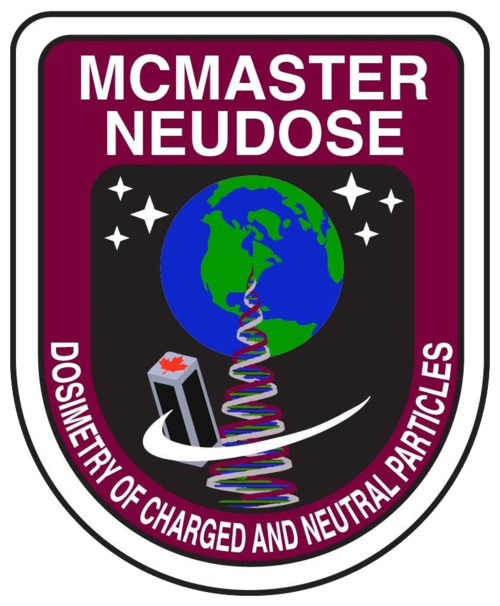Top of the SiPM Readout Board
Bottom of the SiPM Readout Board
When the Anti-Coincidence Detector (ACD) measures radiation, it emits optical photons, light, which can then be collected. Silicon photomultipliers (SiPMs) amplify the light signal and convert it to an electrical pulse. The SiPM readout board processes this electric signal and transmits it to the command and data handling system, where is it processed further and stored, waiting to be sent back to Earth for data analysis. Pictured left is a 3D rendering of the top of the SiPM readout board. Pictured right is a 3D rendering of the bottom of the SiPM readout board.
Note: Clicking on the desired image will show an enlarged photo.









